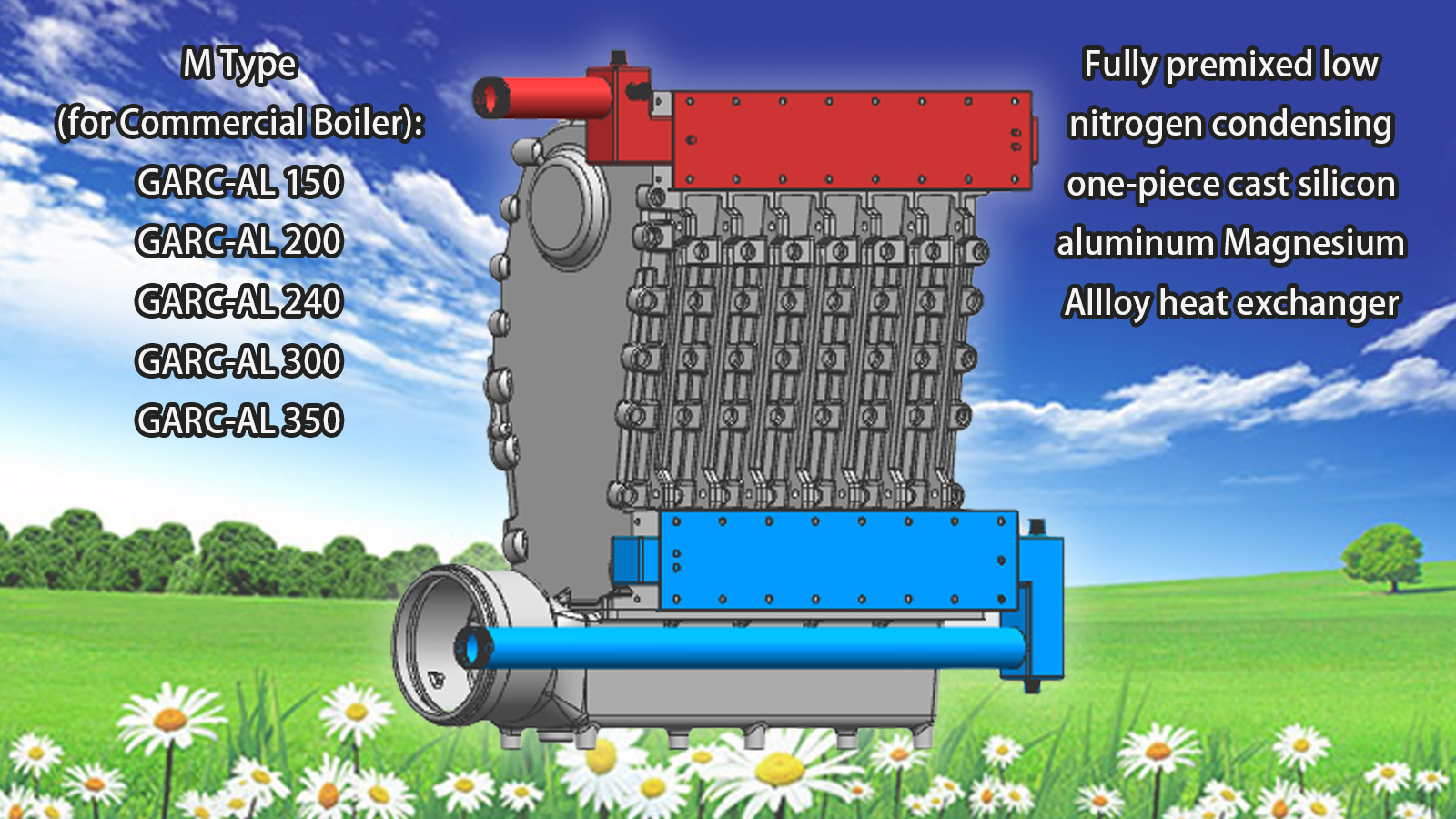12-р сар . 23, 2024 12:03 Back to list
refrigeration shell and tube condenser
Understanding Refrigeration Shell and Tube Condensers
Refrigeration systems are essential in numerous applications, from industrial processes to residential cooling solutions. Among the various components that make up these systems, the shell and tube condenser plays a critical role. This article aims to delve into the functioning, design, and applications of refrigeration shell and tube condensers, providing a comprehensive overview.
What is a Shell and Tube Condenser?
A shell and tube condenser is a type of heat exchanger that facilitates the transfer of heat between two fluids. It consists of a series of tubes, where one fluid flows through the tubes while another fluid flows over the tubes within the outer shell. This configuration maximizes surface area for heat transfer, making it highly effective for refrigeration applications.
How Does It Work?
The operation of a shell and tube condenser involves the principles of heat exchange and phase change. In a refrigeration cycle, the refrigerant vapor, which has absorbed heat from the refrigerated space, enters the condenser. As it passes through the tubes, it comes into contact with a cooling fluid, usually water or another refrigerant, flowing over the external surface of the tubes.
As heat is extracted from the refrigerant, it condenses from a vapor into a liquid. The efficiency of this heat transfer process depends on various factors, including the temperature difference between the two fluids, the flow rates, and the surface area of the tubes. Properly designed shell and tube condensers can achieve high efficiencies, making them a preferred choice in many refrigeration systems.
Design Considerations
refrigeration shell and tube condenser

Several design factors must be considered when constructing shell and tube condensers. The configuration of the tubes, the material used, and the choice of fluids all play significant roles in performance. Typically, the tubes are made from materials with excellent thermal conductivity, such as copper or stainless steel, to enhance heat transfer rates.
The number of tube passes, the arrangement of the tubes, and the shell design also affect the overall efficiency of the condenser. Designers often employ various configurations, such as single-pass, multi-pass, or even floating head designs, to optimize performance based on specific application requirements.
Applications
Shell and tube condensers are widely used in various refrigeration and air conditioning applications. In industrial settings, they are often employed in large-scale cooling systems, such as those used in manufacturing processes or in power plants. Their robustness and efficiency make them suitable for handling high volumes of refrigerants and large heat loads.
In HVAC systems, shell and tube condensers are used for chilling water or as part of the heat rejection process. Their adaptability allows them to be integrated into various setups, whether it's a standalone system or part of a larger assembly of heat exchangers.
Conclusion
In conclusion, refrigeration shell and tube condensers are integral components of modern cooling systems. Their design and operational efficiency make them ideal for a wide range of applications, from industrial to residential settings. Understanding their functionality and the factors influencing their performance is crucial for anyone involved in the design or maintenance of refrigeration systems. As technology advances, we can expect the development of even more efficient and environmentally friendly refrigerants, further enhancing the role of shell and tube condensers in sustainable refrigeration practices.
-
Durable Cast Steel Concrete Pipe Mold Bottom Rings & Base Trays
NewsAug.23,2025
-
Centrifugally Cast Iron Water Main Pipe for Reliable Mains
NewsAug.22,2025
-
Durable Centrifugally Cast Iron Water Main Pipe
NewsAug.11,2025
-
Centrifugally Cast Iron Water Main Pipes for Reliability
NewsAug.10,2025
-
High-Quality Centrifugally Cast Iron Water Main Pipes
NewsAug.09,2025
-
Durable Cast Iron Water Main Pipe & Drainage Solutions
NewsAug.08,2025


